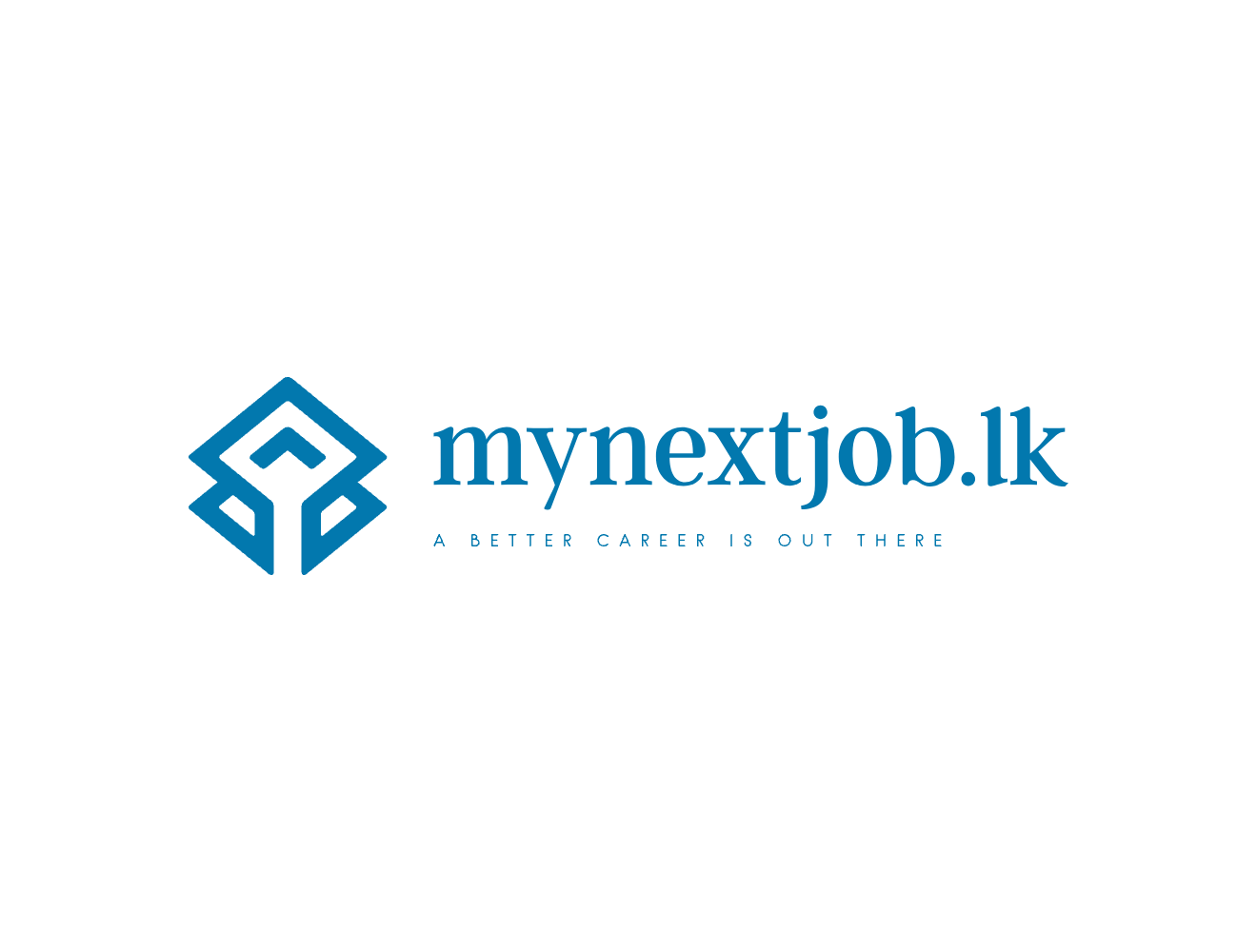Introduction to Mergers and Acquisitions (M&A)
Mergers and acquisitions (M&A) are pivotal strategies employed by corporations to enhance their market position, achieve economies of scale, and drive innovation through technological advancements. A merger occurs when two companies combine to form a new entity, while an acquisition involves one company purchasing another and integrating it into its own operations. Both processes aim to create value that exceeds the sum of individual company contributions.
The motives behind M&A activities are diverse and multifaceted. Among the primary drivers are scaling operations to achieve greater market share, entering new geographical markets to diversify offerings, and acquiring cutting-edge technologies that provide a competitive edge. Organizations often seek to enhance their capabilities, broaden their customer base, and streamline their supply chains through these strategic initiatives.
However, M&A activities are inherently complex and fraught with challenges. They require meticulous planning, precise execution, and thorough due diligence to ensure compatibility and alignment of goals between merging entities. Financial valuations, legal considerations, cultural integration, and operational synergies are critical aspects that necessitate comprehensive evaluation and strategic guidance.
Within this complexity, the role of Human Resources (HR) proves to be indispensable. HR professionals play a crucial part in facilitating the transition and integration phases, ensuring smooth workforce assimilation, managing change, and maintaining morale. They are instrumental in harmonizing corporate cultures, aligning organizational structures, and safeguarding employee retention and productivity. Thus, effective HR involvement can significantly influence the success and sustainability of M&A endeavors.
Pre-Merger Activities: Due Diligence and Cultural Assessment
Before any merger or acquisition, Human Resources (HR) plays a pivotal role in ensuring a smooth transition by conducting thorough pre-merger activities. These activities primarily encompass due diligence and cultural assessment, two critical components that lay the groundwork for successful integration and long-term organizational harmony.
Conducting due diligence is a fundamental HR responsibility. This process involves a comprehensive evaluation of the workforce of the company being acquired or merged. Key areas of focus include assessing employee demographics, turnover rates, and overall talent quality. Evaluating these factors helps in identifying workforce strengths and potential risks, allowing HR to formulate strategies for retaining key talent. Additionally, due diligence encompasses a detailed examination of benefits and compensation structures. Inconsistencies in pay scales, benefit packages, and incentive programs can create friction during integration. By aligning compensation and benefits in advance, HR can mitigate any potential dissatisfaction or disruptions among employees.
Equally significant is the cultural assessment. Each organization has its own unique culture, which includes shared values, norms, and workplace practices. Identifying potential cultural clashes between the merging entities can prevent future conflicts. This involves surveying employee attitudes, management styles, and organizational values. A thorough cultural assessment enables HR to design effective integration plans that foster a cohesive working environment post-merger. By addressing cultural disparities early on, HR can facilitate smoother transitions, helping employees from both organizations coalesce into a unified workforce.
In conclusion, pre-merger activities carried out by HR, particularly due diligence and cultural assessment, are indispensable in setting the stage for successful mergers and acquisitions. By meticulously evaluating the workforce and aligning cultural values, HR ensures that both organizations can merge seamlessly, paving the way for sustained organizational growth and synergy.
In the post-merger integration phase, the role of Human Resources (HR) is pivotal in ensuring a smooth transition and fostering cohesiveness in the newly formed entity. Effective integration and change management strategies are essential to align organizational structures and integrate HR systems while addressing employee concerns. One of the primary tasks for HR during this phase is to develop comprehensive communication plans that provide clear, consistent, and transparent information to all employees. These plans help to mitigate anxiety, dispel rumors, and maintain morale during the period of uncertainty.
Retaining key talent is another critical function of HR in this phase. The uncertainty that accompanies mergers and acquisitions (M&As) can lead to the loss of valuable employees. HR professionals must identify and retain these individuals by creating retention plans that may include financial incentives, career development opportunities, and clear pathways for future growth within the new organization. Building trust and demonstrating the benefits of staying with the new entity are fundamental to curbing employee turnover.
Harmonizing differing organizational cultures is a complex yet vital aspect of post-merger integration. HR must strive to identify the strengths and weaknesses of each organization’s culture and work towards creating a unified, cohesive culture. This involves facilitating cultural assessments, conducting workshops, and engaging in regular dialogue with employees to foster an environment of mutual respect and shared values. Establishing a clear, shared vision for the future can help in aligning the workforce towards common goals.
Moreover, the integration of HR systems and processes, such as payroll, benefits, and performance management systems, must be meticulously planned and executed. A seamless integration of these systems is crucial for operational efficiency and employee satisfaction. Creating cross-functional teams to manage these integrations ensures that the needs of various departments are considered, and potential issues are addressed promptly.
Overall, HR’s role in integration and change management during mergers and acquisitions involves the implementation of strategic plans that address communication, talent retention, cultural harmonization, and system integration. Effective management in these areas is essential to the success of the merger and the formation of a strong, united organization.
Long-Term HR Strategies Post-M&A
Following a merger or acquisition, the role of Human Resources (HR) extends beyond initial integration to ensure the sustained success of the newly unified entity. One crucial component of this is the continuous monitoring of employee engagement and morale. As the organization undergoes significant changes, it is essential to keep a pulse on how employees are adapting. Regular surveys, feedback sessions, and one-on-one conversations can provide valuable insights into areas that require attention and improvement. Maintaining high levels of engagement and morale is vital for minimizing turnover and fostering loyalty among employees.
Another pivotal aspect of long-term HR strategy post-M&A is the implementation of ongoing training and development programs. Such initiatives are key to equipping staff with the necessary skills to thrive in the new organizational structure. By investing in professional development, HR can help employees navigate the transition more smoothly and encourage a culture of continuous learning and adaptability. These programs should be tailored to address both general skills applicable across the company and specific competencies that will drive the business forward.
Fostering a unified company culture is equally important. Post-merger or acquisition, employees from different backgrounds and organizational practices must come together under a cohesive cultural umbrella. Aligning values, practices, and goals helps in building a strong, unified corporate identity. HR can play a pivotal role in this by organizing team-building activities, promoting cross-departmental collaboration, and reinforcing the shared vision of the new entity.
Performance metrics are indispensable in tracking the success of integration efforts. By establishing clear indicators and regularly assessing them, HR can gauge the progress of the merger or acquisition, identify areas requiring corrective actions, and make the necessary adjustments. Metrics related to employee satisfaction, productivity, retention rates, and skill development can provide a comprehensive view of how well the organization is integrating and adapting.
In the long run, these meticulous strategies enable HR to create a resilient and harmonious work environment that can withstand the challenges associated with mergers and acquisitions. By focusing on both the human and operational facets of the business, HR can significantly contribute to the sustained success and growth of the merged entity.











